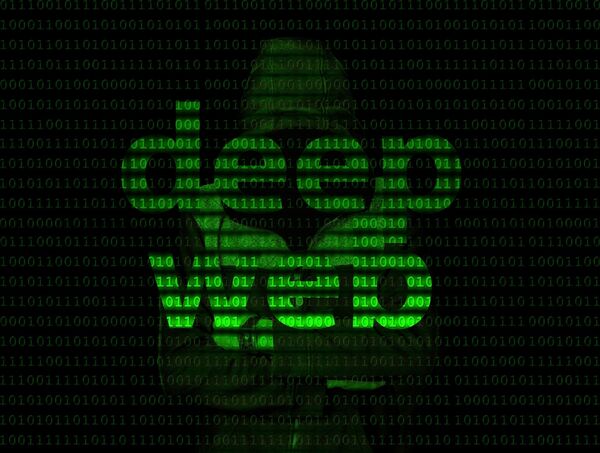The Surface Web is anything that can be indexed by a typical search engine like Google, Bing, Yahoo or Yandex. Here users simply click suggested links, while the search engines’ crawling technology finds and identifies the websites.
Search engines rely on pages that contain links to find and identify content. Generally people are looking for blogs, news, products, recipes and other types of open information.
But this technique of navigating links also misses a lot of content. NetStalkers try to go a little deeper to find out exactly what type of content they have missed.
A Little Deeper
According to BrightPlanet, which describes itself as “a software-as-a-service company that specializes in harvesting large amounts of unstructured web data and preparing it for analysis, “the Surface Web is anything that a search engine can find while the Deep Web is anything that a search engine can’t find.”
The company cites as an example a search engine on the travel site Hotwire.
A regular visitor, its explains, can only interact with the site like a standard search engine would – meaning, he or she can only click links to get there.

However, it says, “there’s a nice search box that Hotwire allows users to fill out, but you can’t use it. Search engines don’t use search boxes, they just use links. You’ll quickly find that you can’t find the search results you are looking for without a search box.”
The results of a Hotwire search are perfect examples of Deep Web content, it states.
Other examples of Deep Web content can be found almost any time a user navigates away from Google and does a search directly in a website – government databases and libraries contain huge amounts of Deep Web data, it says.
Google search can’t find the pages behind these website search boxes. Most of the content located in the Deep Web exists in these websites that require a search and is not illicit and scary like the media portrays, the company says.
‘Getting a Little Darker’
The Dark Web then is classified as a small portion of the Deep Web that has been intentionally hidden and is inaccessible through standard web browsers.
The Dark Web is a term that refers specifically to a collection of websites that are publicly visible, but hide the IP addresses of the servers that run them. Thus they can be visited by any web user, but it is very difficult to work out who is behind the sites. And you cannot find these sites using search engines.
Almost all sites on the so-called Dark Web hide their identity using the Tor encryption tool.
The TOR network is an anonymous network that can only be accessed with a special web browser, called the TOR browser.
In other words, to visit a site on the Dark Web that is using Tor encryption, the web user needs to be using Tor. Just as the end user's IP is bounced through several layers of encryption to appear to be at another IP address on the Tor network, so is that of the website.
Not all Dark Web sites use Tor. Some use similar services such as I2P. The principle remains the same. The visitor has to use the same encryption tool as the site and — crucially — know where to find the site, in order to type in the URL and visit.
This is the portion of the Internet most widely known for illicit activities, such as drug markets and child pornography, because of the anonymity associated with the above networks.
However the most difficult thing here is knowing where to look.
What a user can actually find in the deeper segments of the Internet are the examples of the net art, such as a photo project by Jon Rafman The Nine Eyes of Google Street View.
The Canadian artist collects the bizarre and beautiful sights captured by the nine lenses on Google Street View camera cars as they photograph scenes around the world.
Or such projects as jodi.org or NeoCities.
Or some unusual video footage which has captured strange, mysterious or otherwise events which have no explanation.
Or other forums where people share their unusual hobbies, addictions or other deviations.




